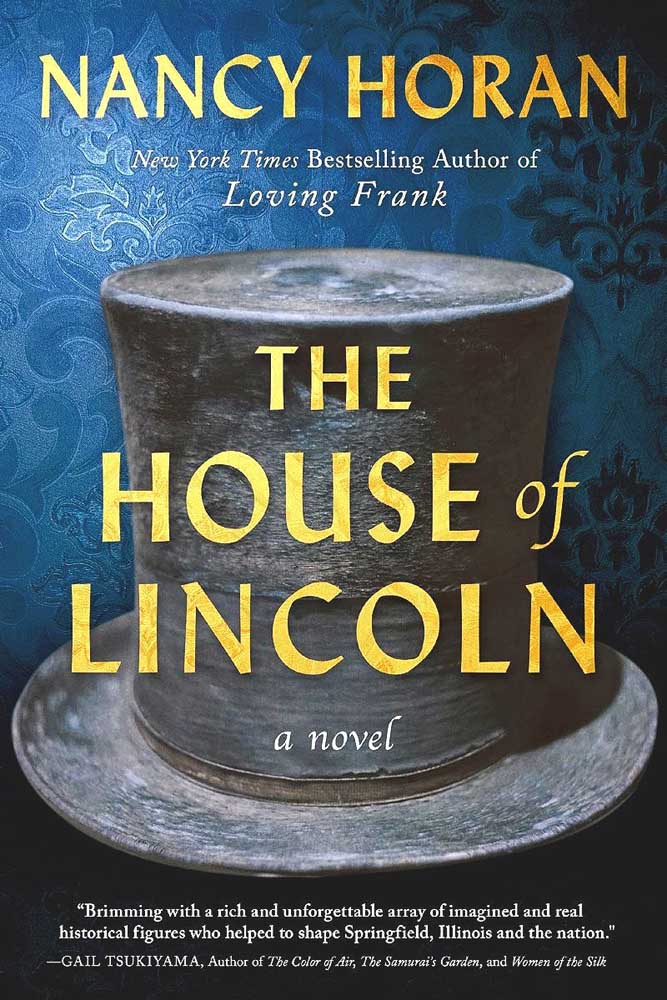Bookmonger: Revisiting the past to motivate the present
Published 9:00 am Wednesday, August 9, 2023

- Nancy Horan’s “House of Lincoln” follows three families, weaving together fiction and historic figures.
With fractious campaigning ahead of the 2024 presidential election already underway, the publication of Whidbey Island, Washington, author Nancy Horan’s latest book, “The House of Lincoln,” seems remarkably pertinent.
Trending
Yes, Horan’s historical novel is based primarily is the 19th century, but there is resonance between then and now. Political rifts around equity and social justice continue to bedevil American society. Senseless physical violence continues to be perpetrated upon communities.
Readers cannot miss the author’s intention to invite reflection upon race and violence in America.
Departing from the formula she used in her previous bestsellers (“Loving Frank” and “Under the Wide and Starry Sky”) in which she built a plot around a tangled love affair, Horan’s third effort intertwines the stories of three very different families (some fictional, some from our nation’s historical record) who live in Springfield, Illinois, in the mid-19th century.
Trending
There is the Ferreira family, who are religious exiles from the Madeira archipelago. There are the Black Donnegan brothers, who facilitated the passage of runaway slaves further north via the Underground Railroad. There is also a rustic but up-and-coming lawyer named Abraham Lincoln, and his more polished, Kentucky-born wife, Mary Todd Lincoln.
“The House of Lincoln” by Nancy Horan
Sourcebooks Landmark — 352 pp — $27.99
Horan uses all of the characters to move the story through 60 years of American history.
As a teenager, Ana Ferreira is hired by the Lincoln household to look after the Lincoln sons. Her closest friend Cap, a young Black neighbor to the Donnegan brothers, likewise is hired as household help.
Together, these girls experience not only the changing times in their Illinois town, they also witness the evolution of Abraham Lincoln’s political approach to the institution of slavery, and his unlikely rise to national prominence.
The author tells the story sometimes through Ana’s lens, sometimes through the Donnegans’ experiences, and for a while through Mary Lincoln’s eyes at the White House.
The historical tidbits in this tale are fascinating — the author has done her homework. From typical supper fare in an immigrant family’s household to refurnishing the White House, or from the perils of the Underground Railroad to the horrors of war — Horan provides a rich immersive experience.
Likewise, the conversations and debates that take place among family members, townsfolk, and politicians reflect many different dimensions of the tumultuous latter half of 19th-century America.
Yet even though it is ordered chronologically, the story is sometimes difficult to track as readers are transferred from one point of view to the next.
That may be the author’s point. Everyone comes from a different perspective, and nobody’s way of thinking remains entirely static. But this story also emphasizes the frustration in seeing the two steps forward, step-and-a-half back progress of social change. In all of this dilly-dallying, too many fall victim to apathy, ignorance, or fear.
“The House of Lincoln” plainly urges us to seize upon the lessons of history, learn from our past mistakes, and move forward without faltering.









